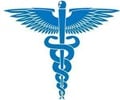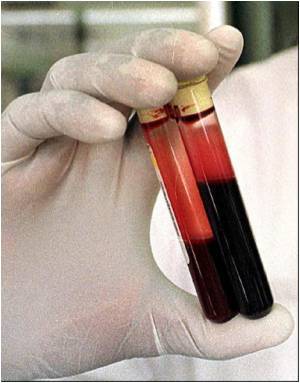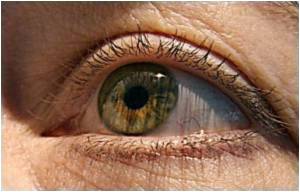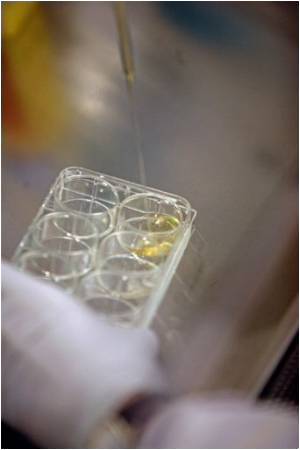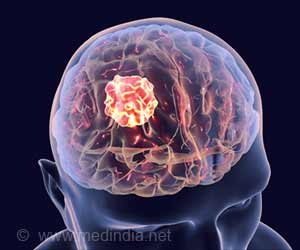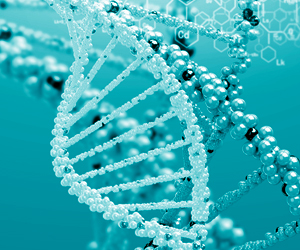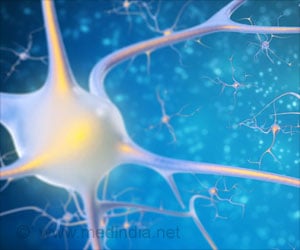With the aid of 3D experiments mesenchymal stem cells (MSCs) are showing greater versatility, say researchers.
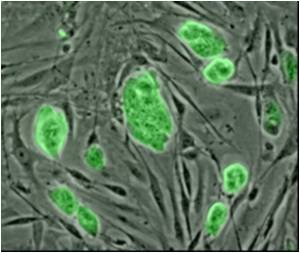
MSCs are common in children and adults and quite easy to find in blood, bone marrow, and many other tissues. They are already being used to repair bone in a small number of patients with severe fractures or bone disease.
Dr Genever's experiments hope to recreate the microscopic 3D environment that stem cells would normally occupy inside our bodies and so give an accurate approximation of the factors that might influence the ability of MSCs to eventually produce different types of cell for regenerative medicine.
Dr Genever said "In the past we've grown MSCs in 2D layers in the lab and they are only really strongly inclined to become bone, fat or cartilage they are very useful for research and therapy, but in both cases would largely be limited to these three cell types.
"Our 3D technique aims to recreate the nutrients, oxygen levels and mechanical forces that these cells would normally experience inside our bodies. By growing the cells as 3D spheres of microscopic size instead of in a 2D layer, they specialise their roles more rapidly and more completely and also appear to be able to become a greater range of cell types. This shows that they are quite a bit more versatile than we thought and so are a very exciting prospect for the use of these cells in therapies."
The spheres used are made of aggregates of MSCs and are tiny, measuring only 200-300 micrometers across about half the size of a dust mite. Within these spheres it is possible to monitor the effects of interactions between several cells and between cells and other supporting structures. The MSCs can also be combined with other types of cells that they would usually be associated with such as endothelial cells, which are found on the surfaces of blood vessels.
Advertisement
Source-Eurekalert

